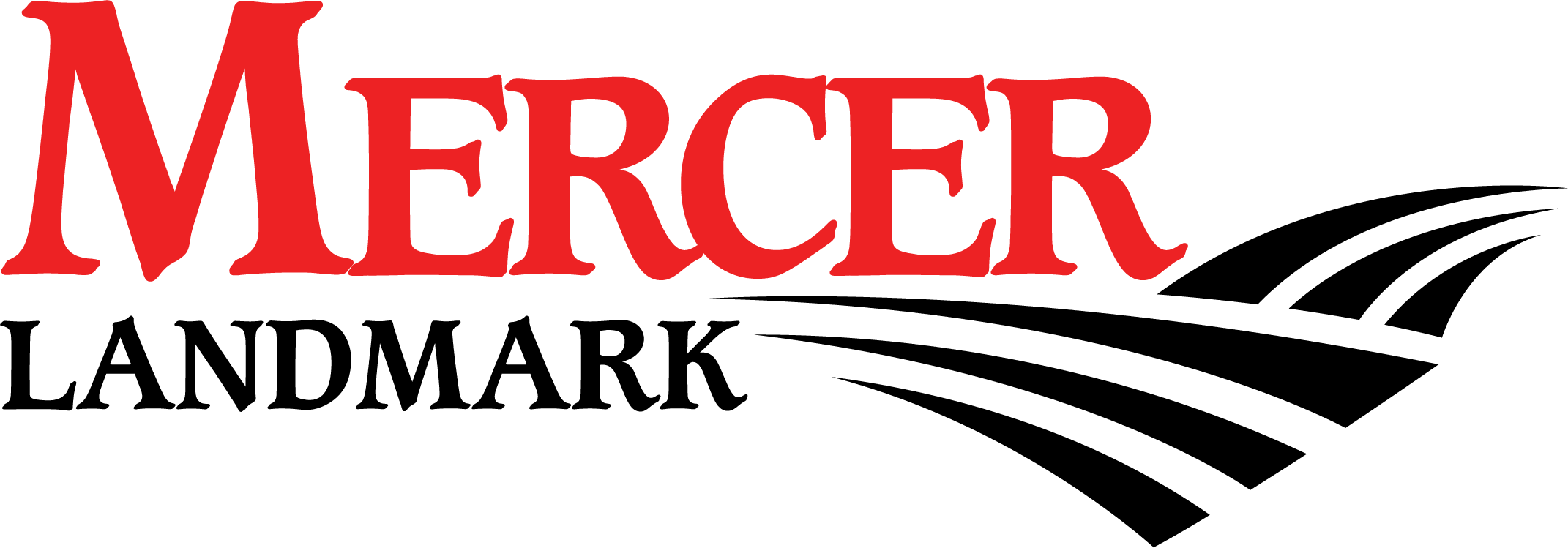Now is a great time to build a plan to maximize wheat yields. Here is a list of wheat management tips from our VP Agronomy Sales and Marketing, Greg Culp:
Emergence – 25 plants per square foot.
Fall Nitrogen – 20-40lbs/ac. (A blend of 100# MAP, 100# Potash, 100# AMS provides the proper amounts of Nitrogen, Phosphorous, Potash and Sulfur to get your wheat off to a healthy start)
Tillering – Needs to be around 70-100 tillers per square foot. Spring stand assessment to determine if additional N is required around Feekes 2-3. If tiller counts are below 70, an application of 50lbs N is warranted.
Feekes 5 – Additional N application. The total of both applications should be around 100-120lbs N per acre on no-till wheat and slightly lower for conventional till wheat.
Heading – 60-70 heads per square foot and 35 kernels per head.
Additional Considerations
While nitrogen timing and rates are critical, we don’t want to forget the importance of managing weeds, insects, and diseases.
Herbicides – Early season protection is critical to set your fields up for success. Products like Quelex and Huskie have proven to be economical and effective for controlling broadleaves in wheat.
The importance of fungicides for control of fusarium head scab is critical. There are multiple excellent products for controlling head scab and foliar diseases, but proper timing and application is key to the success of these products. We’ve had excellent results with Miravis Ace, but other products like Prosaro Pro and Sphaerex have also shown strong performance. Fungicide applications have seen yield increases of around 12 bushels per acre while reducing vomitoxin and improving grain and straw quality.
Bio stimulants– An application of YieldON to winter wheat from flag leaf to booting increases the availability of key nutrients and energy that supports strong heading, kernel set and grain fill. Yield increases of around 4bu/ac have been observed.
Insecticides – Adding insecticides to your fungicide application can be beneficial and provide a positive return on investment. Damage from insect feeding can leave open wounds in the plant. Preventing future insect damage while protecting the plant from diseases is a great combination that can help add yield and improve your bottom line.
